What is happening to my new Fescue grass?
15 years ago
Related Stories
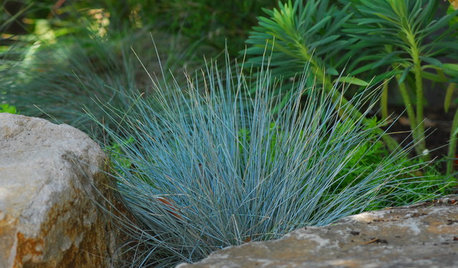
LANDSCAPE DESIGNGreat Design Plant: Blue Fescue
Is there anywhere this grass doesn't look great? Bonus: It outlasts other grasses in color and doesn't hog water
Full Story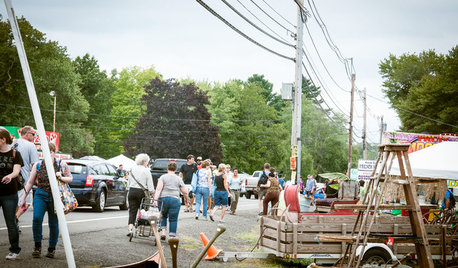
EVENTSHappening Now: The Brimfield Antique Show
Take a peek at the largest outdoor antiques show in the United States
Full Story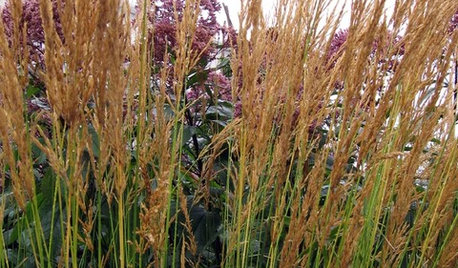
GOLD FOLIAGEGreat Design Plant: Feather Reed Grass
Use this ornamental grass for height, color, texture and motion in your landscape
Full Story
GRASSES10 Ways to Use Ornamental Grasses in the Landscape
These low-maintenance plants can add beauty, texture and privacy to any size garden
Full Story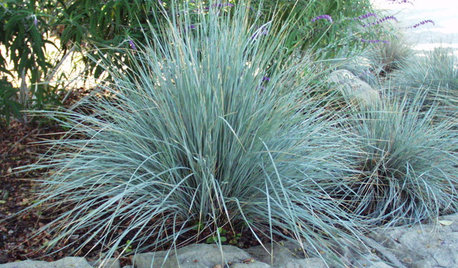
BLUE AND GRAY FOLIAGEGreat Design Plant: Blue Oat Grass
For soothing coolness in a garden or container, this evergreen grass is the low-maintenance and hardy choice to know
Full Story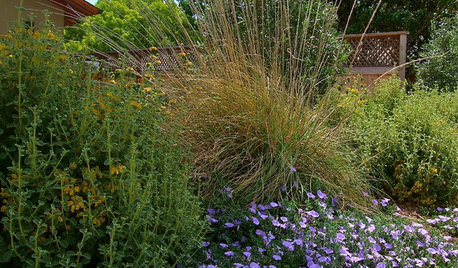
GRASSESGreat Design Plant: Deer Grass
Give wildlife a snack and give yourself a break — this food-source grass is easygoing in many climates and conditions
Full Story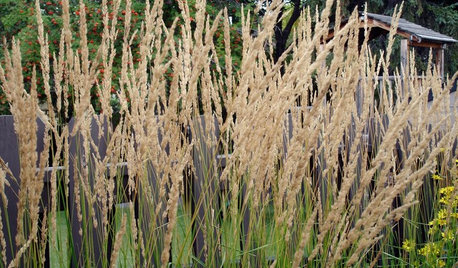
GARDENING AND LANDSCAPING5 Hot Cool-Season Grasses
Chill out this spring with resilient grasses that will kick-start your garden and may just last all year
Full Story0

GARDENING GUIDES8 Spectacular Grasses to Energize a Fall Garden
Dancing in the autumn wind or flowing along a flower bed, these ornamental grasses bring wonderful movement and color to the landscape
Full Story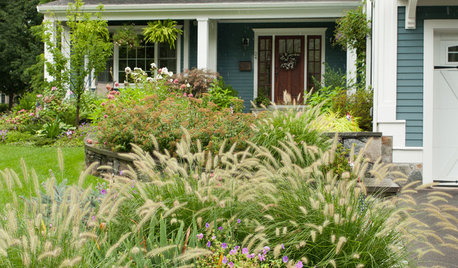
LANDSCAPE DESIGNGreat Design Plant: Lively Fountain Grass Thrives Just About Anywhere
Enjoy fountain grass for its exuberant form, long-lasting color and texture for borders and more
Full Story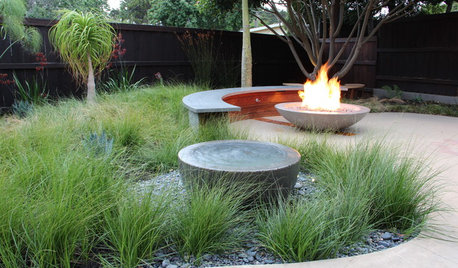
LANDSCAPE DESIGNEnergize Your Landscape With Masses of Grasses
Create year-round interest with waves of attention-getting grasses for all kinds of yards
Full Story
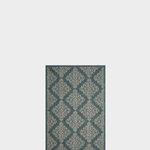


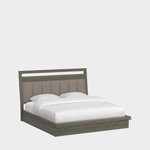



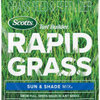
auteck
soccer_dad
Related Professionals
Barrington Hills Landscape Architects & Landscape Designers · Bellflower Landscape Architects & Landscape Designers · Marina Landscape Architects & Landscape Designers · Seabrook Landscape Architects & Landscape Designers · Edmond Landscape Contractors · Beachwood Landscape Contractors · Fort Hunt Landscape Contractors · Kettering Landscape Contractors · Oxnard Landscape Contractors · Panama City Beach Landscape Contractors · Pikesville Landscape Contractors · Santa Maria Landscape Contractors · Tehachapi Landscape Contractors · The Woodlands Landscape Contractors · Hueytown Landscape Contractorsauteck
paulinct
phillip_in_alabamaOriginal Author
phillip_in_alabamaOriginal Author
soccer_dad
paulinct
allison1888
rcnaylor